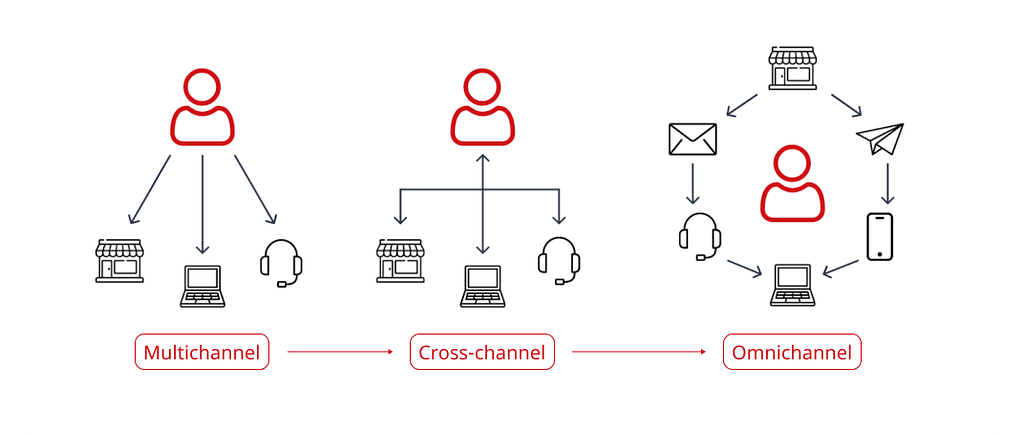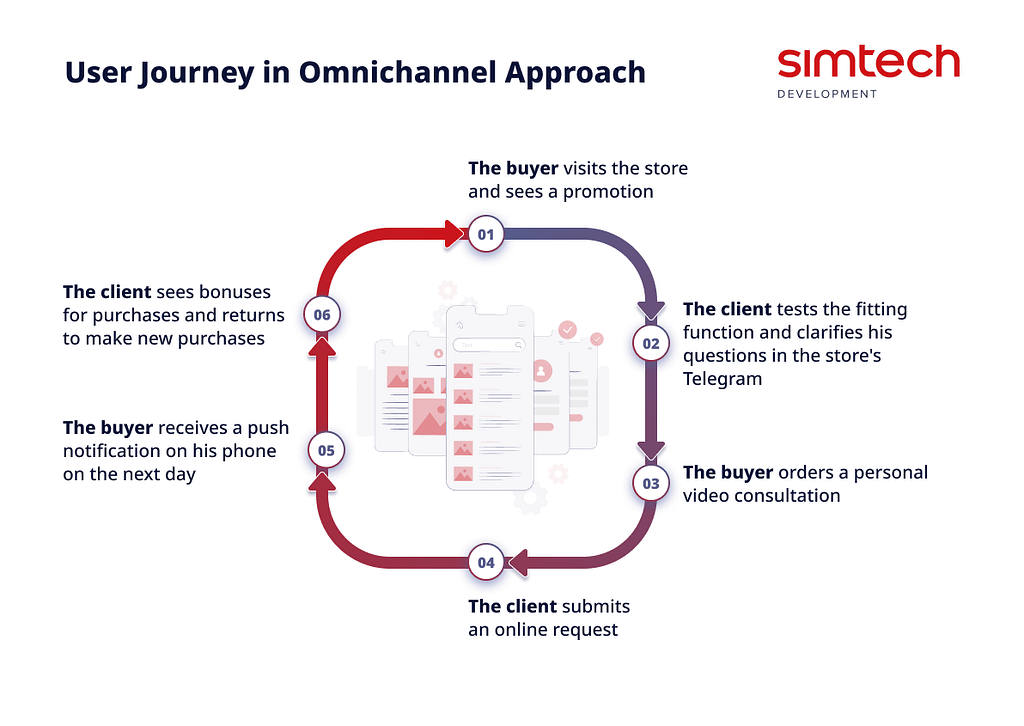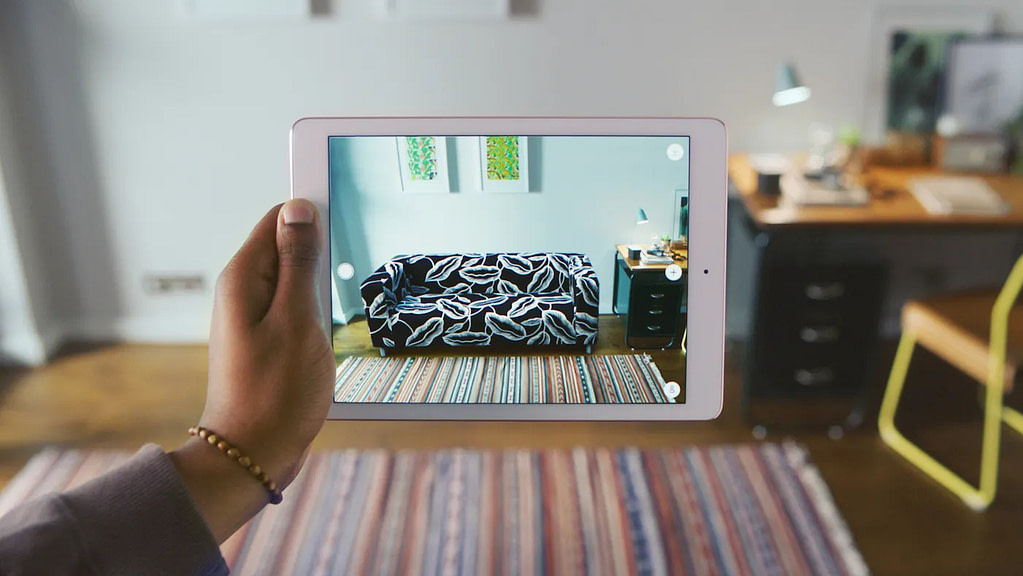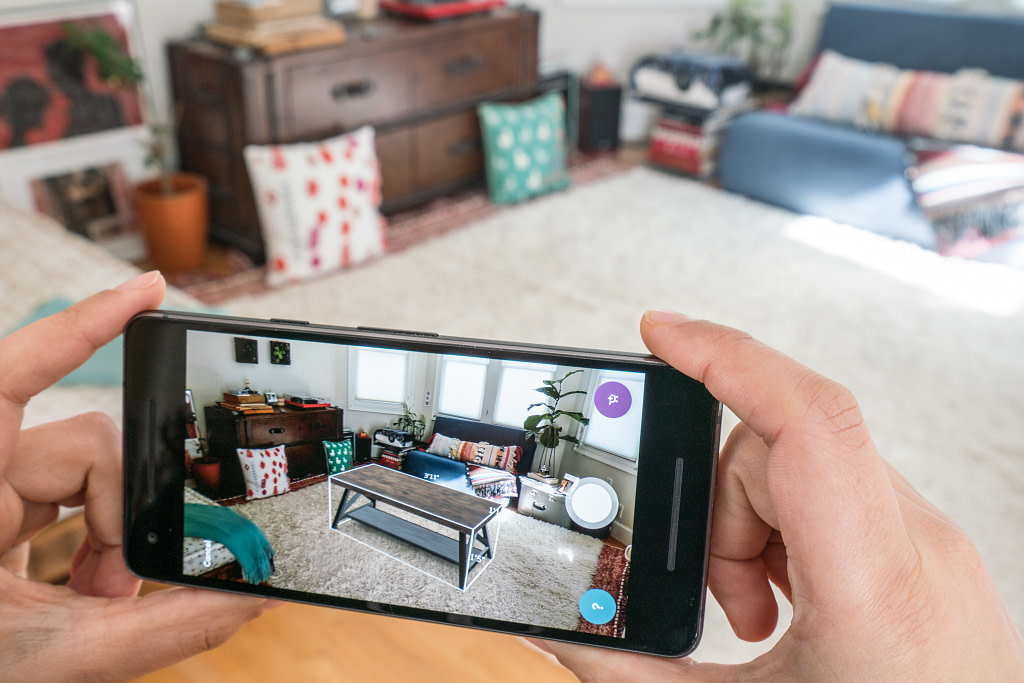The competition between digital and traditional trade has shown that regardless of how this opposition evolves, buyers want to choose how they interact with businesses based on their habits and preferences. Сonsumers began to express their desire to combine channels rather than choose between them. They wanted a smooth and comfortable transition from one communication method to another within the same brand. This need led to the development of the omnichannel approach to sales and marketing, which is now essential for any successful business. In this article, we will discuss why this trend is happening and highlight some examples of omnichannel marketing and trade based on furniture business as an example.
Omnichannel — what is it in simple words
Omnichannel is the integration of all sales and communication methods into a single ecosystem. This approach unites information about the customer, their purchases, and actions in a shared database, providing consumers with a seamless shopping experience and businesses with more efficient consumer interactions. Omnichannel allows businesses to sell products through different channels that are closely interconnected and operate within a single marketing strategy.
Omnichannel, multichannel and cross-channel — what’s the difference?

Omnichannel is often confused with multichannel and cross-channel, but these are different strategies. Let’s clarify:
- Multichannel. A business uses multiple channels to interact with clients, but they are not connected. For example, a company may have an eCommerce website and a physical store, but each operates independently. When a client moves from online to offline (or vice versa), they must repeat their needs, preferences, and previous shopping experiences.
- Cross-Channel. This approach involves channels interacting with each other. For instance, a user can place an order on a social network and pick it up at a retail store. However, cross-channel has a significant drawback – it lacks a unified customer profile that would provide a detailed history of their interactions with the seller.
- Omnichannel. Unlike multichannel and cross-channel, omnichannel fully integrates all service and sales channels into a single information space. Every interaction between a client and the company is reflected in real time, analyzed, and used by marketers to build a comprehensive strategy for engaging with consumers.
Let’s take a closer look at user journey illustrating the omnichannel approach.
A buyer visits the online store’s website and sees a promotion offering a 50% discount on select products. They also learn about the store’s app, which lets users “try on” furniture in their interior design. This feature helps them visualize how the new furniture will look and fit in various rooms, such as the hallway, kitchen, or living room.
Interested in buying a kitchen set, for example, they test the fitting function but still have questions. In the “Profile” section of the mobile app, they find the “Write” option, which directs them to the store’s chat channel. There, the buyer clarifies their questions and seriously considers purchase options.
As the client explored the site, they noticed some beautiful custom-made kitchens. They ordered a personal video consultation, during which the store manager showed them the models they were interested in.
After weighing the pros and cons of a ready-made set versus a custom-made kitchen, the buyer decides on the latter. They submit an online request for kitchen planning and later visit the nearest store to discuss the best options with specialists in person.
The next day, the client receives a push notification on the phone: Hoff offers bonuses for purchases made through the mobile app. Intrigued, the buyer returns to the app and purchases kitchen textiles such as napkins, pillows, and towels, using bonuses to partially pay for his order.

Why choose omnichannel marketing?
The main purpose of omnichannel marketing is to reduce the distance between the client and the business, thereby increasing sales. According to a 2023 report by Digital Commerce experts, this approach:

Pros of omnichannel marketing
Omnichannel marketing offers several advantages, including:
- Expanding coverage by adding more channels
- Predicting customer behavior more accurately
- Enhancing the effectiveness of advertising campaigns
- Increasing brand loyalty by providing a seamless shopping experience
- Improving the company’s reputation and brand awareness
- Boosting business competitiveness and enabling rapid market adaptation
Cons of omnichannel marketing
Despite its many benefits, omnichannel marketing presents some challenges:
- Developing and launching a data storage and management platform
- Incurring costs for the technical integration of customer information from all communication and sales channels
- Requiring an employee or an entire department to analyze purchasing behavior
- Implementing new business processes and refocusing company specialists on achieving overall, rather than individual, KPIs
Which businesses benefit from omnichannel marketing?
Omnichannel marketing is suitable for any business, whether in tourism, banking, or retail. It applies to both B2C (business to consumer) and B2B (business to business) models. In B2C, it creates a continuous shopping experience for the client. In B2B, it builds a comprehensive business environment with an accelerated transaction cycle.
As for the size of the business, large enterprises that need to monitor the behavior of thousands of customers will benefit most from an omnichannel solution. While cross-channel marketing tools are adequate for small and medium-sized businesses, larger companies require the comprehensive capabilities of an omnichannel strategy.
The idea of omnichannel retail has not just appeared, but on the global market there are few large omnichannel players. Nevertheless, it does not mean furniture e-tailers should not rely on global experience in order to build their omnichannel commerce. Let’s look at the best practices that already exist in furniture eCommerce.
IKEA

IKEA is a prime example of a company that excels in integrating various channels. They offer a comprehensive online store where customers can browse and purchase furniture, complemented by physical stores, allowing them to experience the products in person. IKEA’s mobile app enhances this experience with features like the “Place in Your Room” augmented reality tool, which helps customers visualize furniture in their space before purchasing.
Additionally, IKEA’s “Click and Collect” service enables customers to order products online and pick them up at a nearby store, combining the convenience of online shopping with the immediacy of in-store pickup. This seamless integration ensures that promotions and product availability are consistent across all channels.
Wayfair

Wayfair, primarily an online marketplace, also showcases a robust omnichannel approach. Their mobile app offers personalized recommendations and lets users shop from their mobile devices. Wayfair’s app includes augmented reality features that let customers see how products will look in their homes before purchasing. Moreover, Wayfair provides customer support through multiple channels, including phone, email, and live chat, ensuring that assistance is readily available wherever customers shop.
Herman Miller

Herman Miller also offers high-end furniture through their website and a network of retail stores and showrooms. Their customization tools are available online and in-store, allowing customers to design furniture that fits their needs. Herman Miller’s virtual showrooms provide a 360-degree view of products, showcasing how different pieces can be arranged in a space. Their customer service is accessible through multiple channels, including online chat, phone, and in-store consultations, ensuring support is available no matter how customers choose to shop.
How to implement omnichannel in the furniture business
To begin with we suggest an experiment: send a couple of requests in your store as a secret shopper from different communication channels. You’ll be surprised at how much time this takes, and it’s easy to imagine the frustration buyers feel when faced with disrupted communication while trying to make a purchase.
We have compiled a short guide on implementing omnichannel marketing in furniture. Here are 10 steps to help improve this situation and establish effective omnichannel operations:

1. Define your goals
As the owner or key specialist, determine the tasks you need to accomplish, such as:
- Developing new markets
- Launching omnichannel sales
- Increasing conversions
- Automating marketing campaigns across all channels and tracking their effectiveness
- Using omnichannel tools to collect customer data
Your goals will dictate the platform’s functionality and the services to integrate.
2. Analyze your target audience
Create a detailed profile of your customers, considering their gender, income, habits, regions, and preferred communication channels. Develop a comprehensive consumer journey map that highlights all possible touch points between the client and your brand. Identify potential problems for both buyers and sellers.
3. Evaluate your channels
Understand each channel’s role in your sales funnel and how it can support your omnichannel strategy. Assess their design for consistency, capabilities, and user-friendliness. If you have an online store, ensure its UI/UX design is clear and optimized for mobile devices and tablets, as 77% of users make purchases using gadgets. Before exploring new communication channels, study how your competitors use them.
4. Choose a platform and specialists to configure it
You’ll need a technical solution to integrate customer data from all existing channels into a unified system. There are many reliable platforms available. Consider:
- Which platform is optimal for your business (not all are designed for B2B or can handle a large audience)
- The location of the developers
- The language of support
- The platform’s functionality
- Whether the development team customizes it for your business
- The cost of modifications
- Developer case studies and examples of how the platform works for furniture brands
Is it possible to implement omnichannel marketing using one platform?

Which channels to integrate?
Choose communication tools that best suit your business and target audience. Popular channels for an online furniture store include:
- Physical stores
- Online store
- Mobile apps
- Social media
- Email (for the store and employees)
- Customer service
- SMS and push notifications
- Chatbots
- Virtual and voice assistants
- Live chat and online support
- CRM systems
- Logistics services
- Video channels
- Digital advertising
- Omnichannel analytics tools
5. Ensure a consistent experience across all channels
Maintain consistency across all channels so that the client receives the same information, whether it’s in-store, online, or in the mobile app. This includes consistent pricing, delivery costs and terms, tone of voice in advertising and communication, visual design, and content.
Provide varied content formats to cater to different preferences. Some people prefer reading, others watching videos, and some prefer detailed reviews and research. AI can assist in creating uniform content like social media posts, presentations, advertising banners, audio and videos, photographs, and illustrations.
6. Train your staff
Ensure your staff is trained on omnichannel marketing tools and strategies. Provide updated instructions and scripts for sales specialists, and specify what data they should request from clients.
7. Analyze your marketing campaigns
Collect data on online and offline communication and the user journey between channels. This helps you understand which marketing channels to focus on, which to abandon, and where to add functionality or content.
8. Prepare personalized offers for clients
Use customer profile data to create personalized offers. Send product/service recommendations based on their preferences and offer individual discounts and promotions.
9. Provide omnichannel customer support
Use omnichannel communications not only to sell goods or services but also to convey necessary information and understand customer problems. Engage in dialogue with clients and accompany them at all stages of the sales funnel to deliver an omnichannel experience.
10. Collect feedback
Gather feedback from customers to evaluate their experience with your site’s functions, social media interactions, and other channels. Ask for feedback and suggestions to understand their needs and tailor your business accordingly. Moderate responses to avoid negative feedback on third-party resources.
Conclusion
Omnichannel marketing is becoming increasingly popular and essential for modern trade. In the furniture business, it helps build long-term, trusting relationships with clients and actively increase sales while making it easier for customers to interact with your business and promptly resolve issues.
Key characteristics of an omnichannel company include:
- Centralized information about the product assortment, customer orders, and interactions, updated in real-time
- Consistent marketing strategy across all sales and communication channels
- Seamless transitions for customers moving between channels
- A unified omnichannel center connecting all departments, allowing for real-time adjustments to business processes
Simtech Development can launch and configure an omnichannel platform for your business. Operating since 2005, we provide the best solutions for your project, adapting it to your business needs and offering a 100-day development guarantee.

